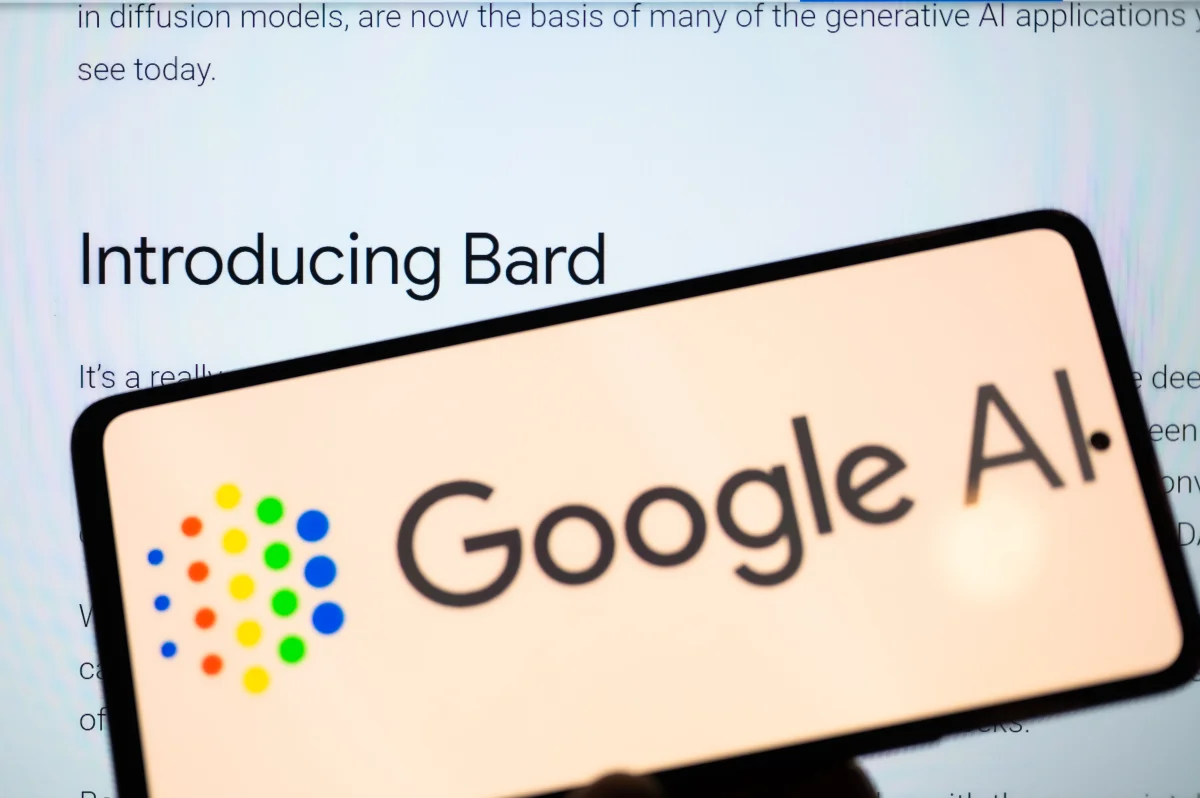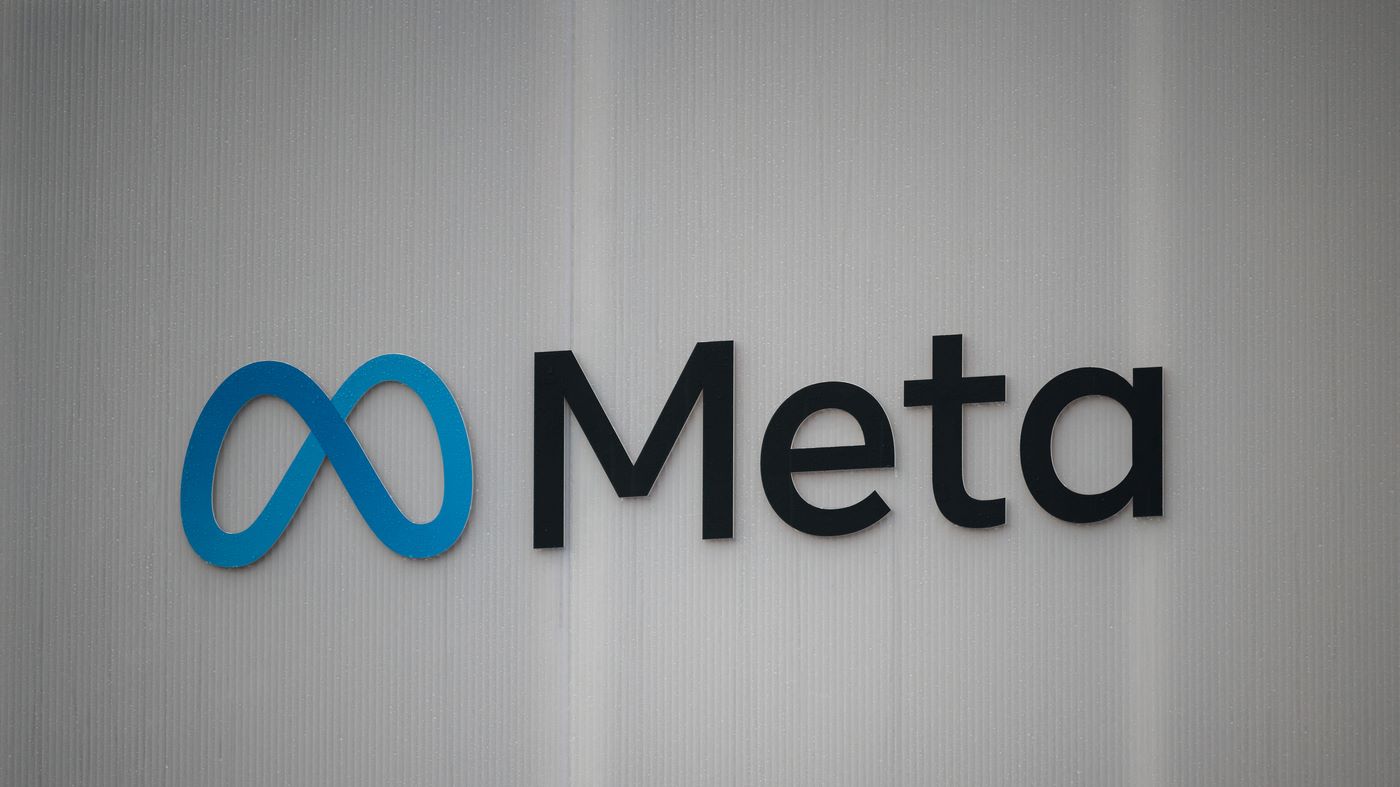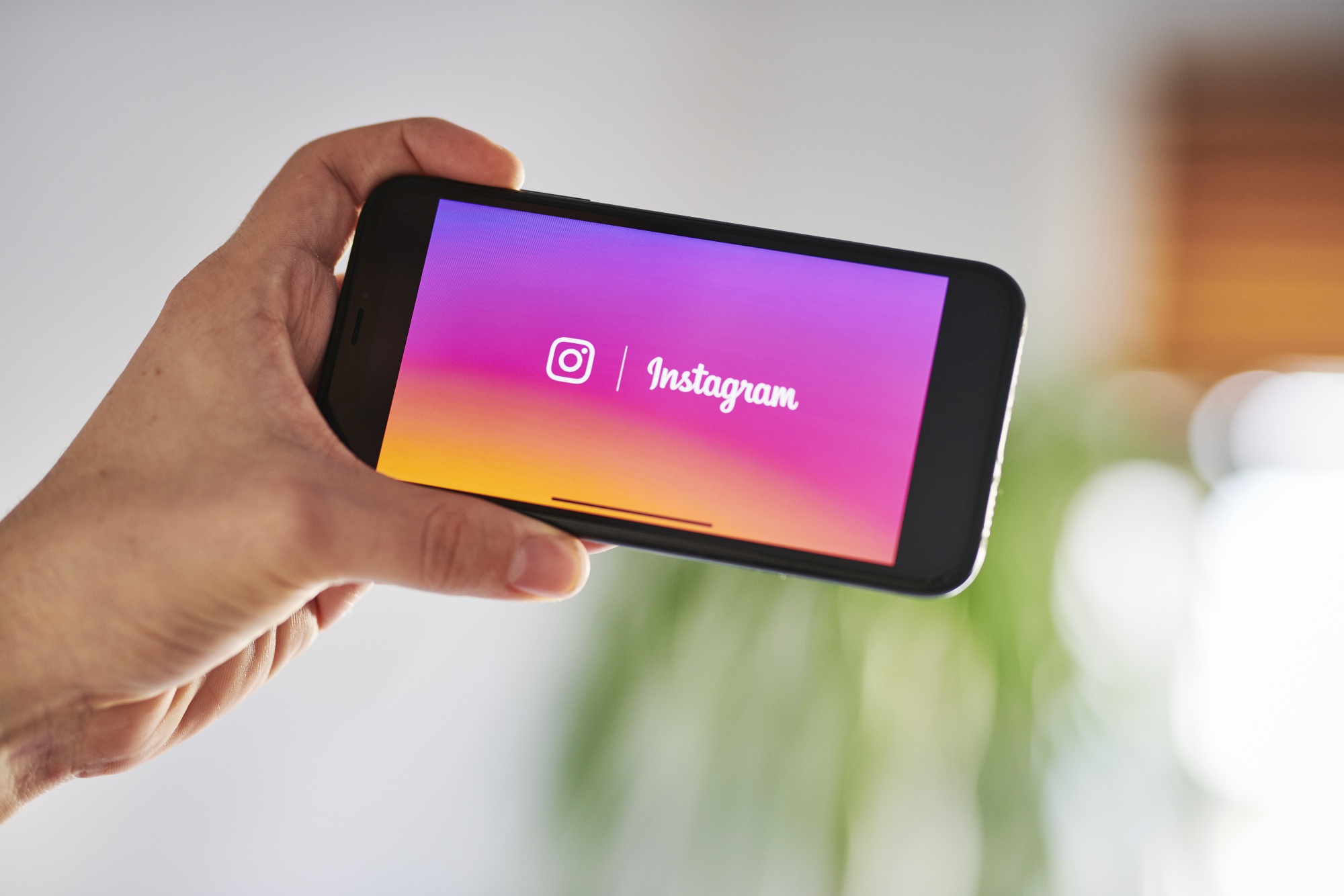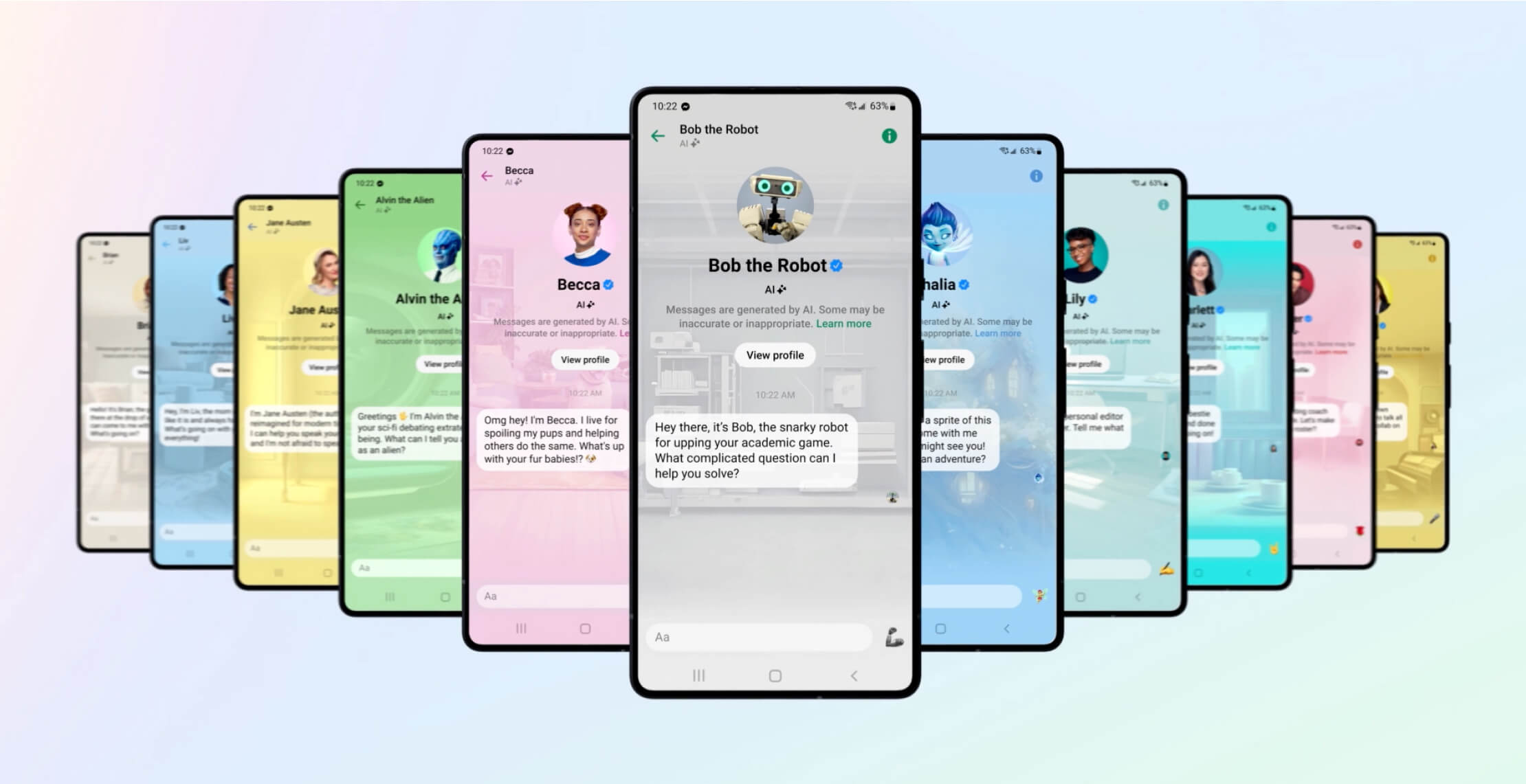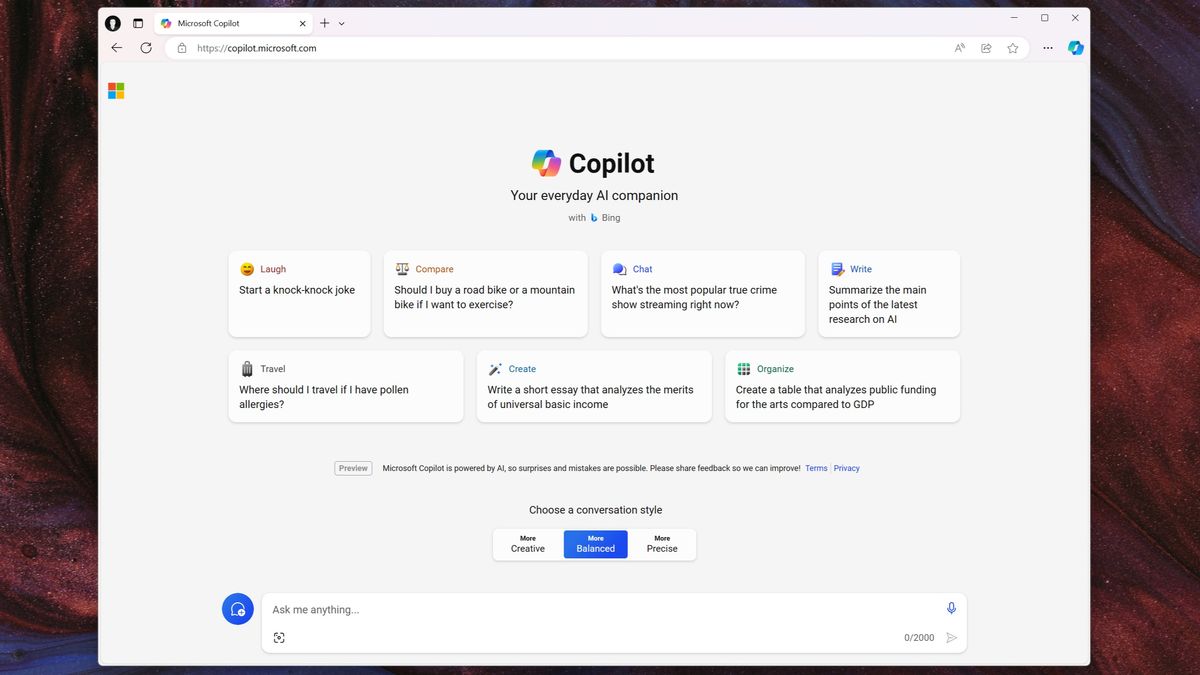Meta, the social media company formerly known as Facebook, is making waves yet again in the AI space with the launch of Imagine with Meta. This new standalone generative AI experience allows users to create high-resolution images simply by describing them in natural language. The technology, powered by Meta’s existing Emu image generation model, is free for users in the U.S. and generates four images per prompt.
Key Takeaway
Meta has launched Imagine with Meta, a new AI-powered image generator that allows users to create high-resolution images by describing them in natural language. With safeguards such as invisible watermarks and detection models, Meta aims to prevent biases and promote transparency. The use of watermarks for AI-generated content is becoming increasingly important in the industry as regulators and tech companies seek to address concerns and ensure accountability.
In a blog post, Meta stated, “We’ve enjoyed hearing from people about how they’re using imagine, Meta AI’s text-to-image generation feature, to make fun and creative content in chats. Today, we’re expanding access to imagine outside of chats. While our messaging experience is designed for more playful, back-and-forth interactions, you can now create free images on the web, too.”
Safeguarding Against Bias and Misuse
Meta’s image generation tools have faced criticism in the past, particularly due to issues of racial bias. To address these concerns and ensure transparency, Meta has taken steps to implement safeguards in Imagine with Meta. In the coming weeks, the company plans to add watermarks to the generated content, increasing traceability and making it clear that the images were created using AI.
The watermarks, which are invisible to the naked eye, will be generated using an AI model and can be detected using a corresponding model. Meta aims to make invisible watermarking a standard feature in its products with AI-generated images, preventing common manipulations like cropping, resizing, color changes, and more.
Industry Focus on Watermarking and Transparency
Watermarking techniques for generative art have been employed by various companies in the industry. Startups like Imatag and Steg.AI offer watermarking tools that claim to withstand resizing, cropping, and image editing. Despite the challenges faced by AI-generated content, tech giants such as Microsoft and Google have adopted AI-based watermarking standards and technologies.
Moreover, there is increasing pressure on tech firms to clearly indicate when works have been generated by AI. This urgency is heightened by issues like Deepfakes and AI-generated child abuse images. China’s Cyberspace Administration has even issued regulations requiring generative AI vendors to mark their generated content without hindering user experience. In the U.S., Senator Kyrsten Sinema has emphasized the need for transparency in generative AI, including through the use of watermarks.









